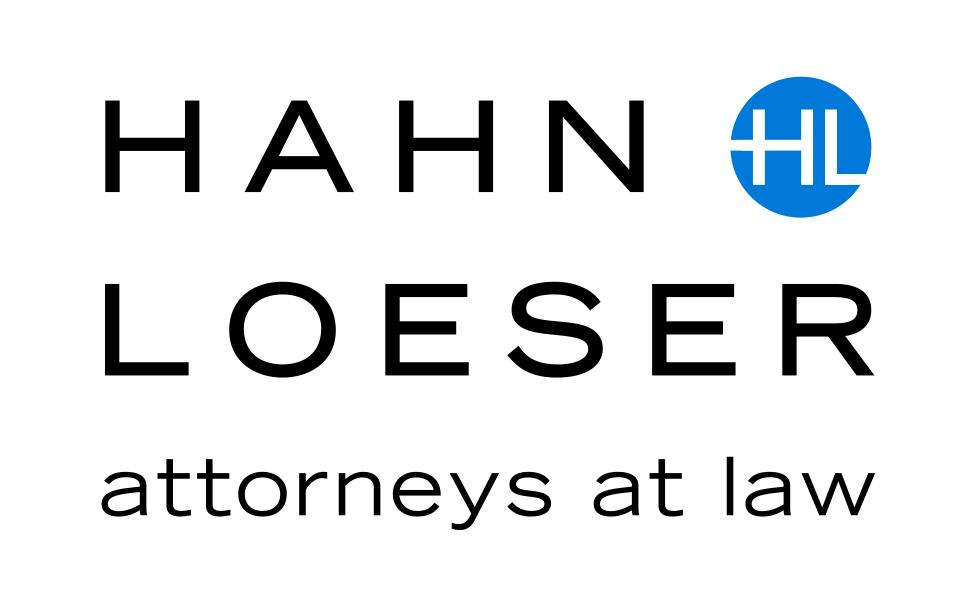With OSHA’s Emergency Temporary Standard (ETS) hanging in the balance of a special January 7, 2022, U.S. Supreme Court session, your organization should nonetheless prepare to comply with a Vaccine-or-Test COVID-19 policy. As it stands, the current OSHA ETS requires private businesses with at least 100 employees to ensure that their employees are either vaccinated against COVID-19 or tested weekly. Compliance requires a well-developed, written policy monitoring vaccination status among employees and a dialog with employees regarding exemptions based on disability, religion, and other state-required reasons.
An employer who implements a weekly COVID-19 testing program for unvaccinated employees may fear compliance challenges beyond its control. Namely, the limited number of testing resources in the face of ever-increasing demand. To address this issue, OSHA has provided guidance to covered employers on how to remain compliant with the ETS in the event of testing shortages or delays.
OSHA expects that most screening testing will be antigen testing that is conducted at point-of-care locations due to the reduced cost and faster processing time when compared to NAAT testing in laboratories. Most NAATs need to be processed in a laboratory with variable time to results (approximately 1–2 days). In contrast, most antigen tests can be processed at the point of care with results available in about 15-30 minutes. Rapid point-of-care tests are administered in various settings, such as: physician offices, urgent care facilities, pharmacies, school health clinics, workplace health clinics, long-term care facilities and nursing homes, and at temporary locations, such as drive-through sites managed by local organizations.
Employers should be cautioned about self-administered COVID-19 tests. Tests that are both self-administered and self-read do not meet the definition of “COVID-19 test” in the ETS (unless observed by the employer or an authorized telehealth proctor) and do not satisfy the testing requirements. Importantly, because unobserved, self-administered COVID-19 test results are not acceptable under the ETS, the current shortage of at-home tests does not directly impact compliance.
Currently, it is OSHA’s position that there is a sufficient supply of COVID-19 tests available and adequate laboratory capacity to meet the anticipated increased testing demand related to compliance with the ETS. However, if an individual employer is unable to comply with the testing requirement of the ETS due to inadequate test supply or laboratory capacity, OSHA will look at efforts made by the employer to comply, as well as the pattern and practice of the employer’s testing program and consider refraining from enforcement where the facts show good faith in attempting to comply with the standard.
OSHA also recognizes that where the employee or employer uses an off-site laboratory for testing, there may be delays beyond the employee’s or employer’s control. If there is a delay in the laboratory reporting results and the employer permits the employee to continue working, OSHA may refrain from enforcement where the facts show a good faith attempt at complying. To determine whether a good faith attempt has been made, OSHA will look at the pattern and practice of the individual employee or employer’s testing verification process.
Tips to Help Achieve Good Faith ETS Compliance
- Develop a written policy that outlines the testing protocol and procedures in great detail.
- Strictly follow and enforce your policy.
- Keep thorough records – including past test results, dates, times, and correspondence.
- Document any issues with obtaining test supplies or timely results.
- Confirm the factual accuracy of any test supply or result issues raised by an employee.
- Remain in contact with OSHA and other local government agencies.
- When in doubt, contact a member of HLP’s Labor & Employment group. We are here to help and can assist with documentation of testing and result issues beyond your organization’s control.
Vaccine-or-Testing Contractual Obligations
Regardless of how the U.S. Supreme Court may rule on the January 7, 2022, arguments, employers in the construction industry may still find themselves having to comply with similar vaccine-or-test COVID-19 policies as contractual requirements. A trend may develop where project owners and employers are incorporating such policies into their contracts and sub-contracts, likely citing the impact COVID-19 has on project delays and manpower.
However, uniform guidance on how to comply with such requirements in the event of a testing shortage is not likely to exist in private contracting like it does for employers covered by the ETS. Additionally, methods and levels of enforcement are also likely to vary from project to project. Such variables may present unique compliance challenges and can lead to a failure to perform as obligated. Failure to strictly comply with a vaccine-or-test contractual requirement could constitute a breach, and if not cured, may result in extensive costs and damages. If your contract contains one of these private vaccine-or-test provisions, you may consider suggesting that any testing supply or results issue beyond your organization’s control should be handled in accordance with the claims, delays, or dispute provisions contained in your contract.
Tips to Help Avoid Breaching Private Vaccine-or-Test Contractual Obligations
- Develop a written policy that outlines the testing protocol and procedures in great detail.
- Strictly follow and enforce your policy.
- Keep thorough records – including past test results, dates, times, and correspondence.
- Document any issues with obtaining test supplies or timely results.
- Confirm the factual accuracy of any test supply or result issues raised by an employee.
- Consult notice provisions contained in your contract and contract documents.
- Provide notice of testing issues beyond your control pursuant to the requisite time and manner contained in your contract and contract documents.
- Demand guidance and or resolution.
- Remain in communication with the project owner, general contractor, or contracting party.
When in doubt, contact a member of HLP’s Labor and Employment Group. We are here to help and can assist with documentation of testing and result issues beyond your organizations control. Timely notice is vital.




